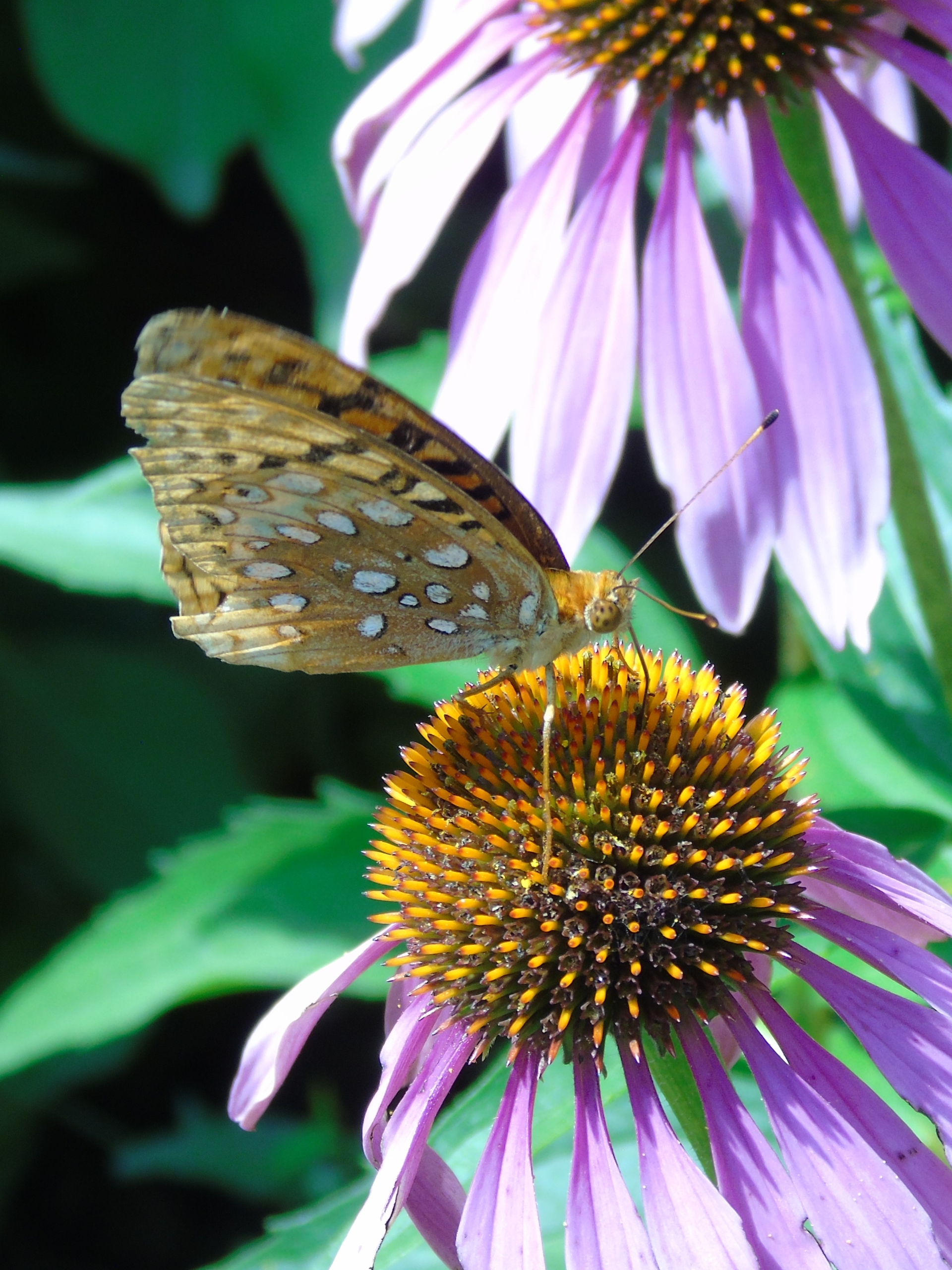Last week, I wrote about some proper watering techniques that will help to keep your plants thriving throughout the summer, including some ways of conserving water, (“Many of us are watering our trees and plants all wrong“).
This week, let’s focus again on some water-saving practices, referred to as xeriscaping.
Xeriscape is a philosophy of conservation of water through creative landscaping. It is derived from the Greek word xeros, meaning dry combined with landscaping, thus Xeriscaping.
The Front Range Xeriscape Task Force of the Denver Water Department coined the term in 1981. The task force was set up after the drought of 1977 throughout the western U.S.
The goal of a xeriscape is to create a visually attractive landscape that uses plants selected for their water efficiency. Sometimes we confuse the term xeriscaping with zeroscaping.
Xeriscaping uses a wide variety of water-efficient plants to create an oasis-like feeling. It can be used with any look or theme of garden.
Zeroscaping, on the other hand, uses a lot of rocks and usually only junipers, cacti or Yuccas. t typically has that sparse “Arizona look” to it. Today we will look at what xeriscape is and how to start to implement it into your garden.
How can you incorporate some of the Xeriscape principles into your garden?
Reduce Your Lawn Area
Lawns have the highest maintenance requirements of any plant in your garden.
There is no other plant in your garden that needs to be cut or watered as much as a lawn.
Although our use of pesticides is falling, we are still using a great amount of them on our lawns. According to the federal environment ministry’s (One-Tonne Challenge) a gas-powered lawn mower emits about 48 kilograms (106 pounds) of greenhouse gas in one season.
Gas lawn mowers are very inefficient, which means that despite their small size they produce a lot of air pollution. In fact, running an older gas mower for one hour can produce as much air pollution as driving a new car 550 kilometrs.
One gas-powered lawn mower that runs for an hour puts out about the same amount of smog-forming emissions as 40 new automobiles running for an hour.
By reducing your lawn area, you are not only conserving water, but you are helping to reduce the use of pesticides and pollution levels. You are also saving time and money. So, definitely, a win-win-win situation.
One way of reducing the grassy area is to use mulches or more drought-resistant groundcovers such as: creeping thyme, creeping sedums, hen’s and chicks, bearberry, creeping potentilla, carex (sedge), periwinkle, cranesbill and white clover.
Use Native and Drought-Tolerant Plants
Using native and other drought-tolerant plants will also significantly cut water use. A properly maintained xeriscape can easily reduce landscape water use by half and, therefore, cut the time you spend watering.
By using native trees, shrubs and perennials you not only have lower water needs, but also have fewe maintenance requirements and less need for chemical supplements such as fertilizer and pesticides.
Some drought-tolerant native plants include: yarrow, blanket flower, coneflower, rudbeckia, agastache and butterfly weed. Some non-native, drought-tolerant plants are Russian sage, catmint, salvia, lavender, sedums, hens and chicks, and dianthus.
When you are planting any new garden area, make sure you group together plants that have the same water requirements.
If you are planting some water-loving plants beside some plants that prefer to be on the dry side, it is very difficult to keep everyone happy. By placing like-plants together, you can concentrate on just providing water to the ones that require more instead of having to water everything in the garden the same.
For example, if you have some hydrangeas, which are moisture-loving, planted next to some sedums that love it dry, you will either be overwatering the sedums or underwatering the hydrangeas.
These are just a couple more ways that you can be conserving water while being more environmentally aware.
Joanne Young is a Niagara-on-the-Lake garden expert and coach. See her website at joanneyoung.ca.











